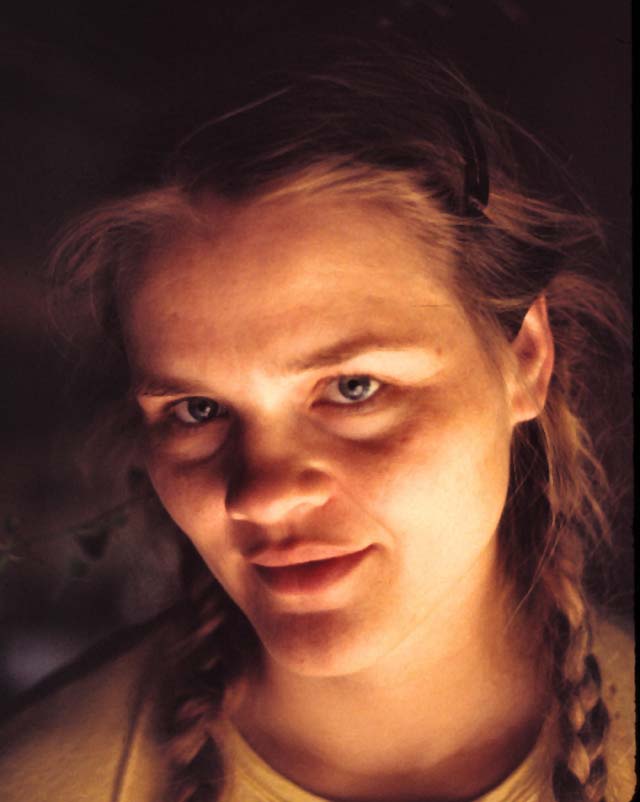Today I took an anachronistic object to school and puzzled my students. (No, not my old, rickety Self--knock it off.) It was the beaver skin/hide that I bought from my nephew, the trapper and taxidermist in Wyoming. When I first started teaching school here in Nevada, and we got to the section of our state history book about the early explorers, the students were stumped. What was a beaver and why were these guys coming to Nevada to trap them?
First, the girls were all aghast: those cute little furry creatures? They killed animals? Oh my! Then, we discussed that there weren't fake furs back then, and people had to wear something to keep warm. Plus, people earned their living doing lots of things the students had never heard of before. And, I pointed out, people still wear furs and use them for other things, and there are still trappers who go out and get those furs from animals in the wild. Like my nephew, for instance.
It was that clash of farm-girl/Wyoming person and the city kids/modern life people all over again. It has happened to me lots of time since I left the land of wild animals and hunting and fishing. So, to help my students understand the history of the West and their own state, I bought a beaver hide from my nephew. I bring it to school each year for this unit. Every year we have the same conversations.
"Oooooh!!! What IS that???"
"It is a the skin and fur from a beaver. Remember what we read about the early explorers of Nevada? They were here to trap beaver, or they were traveling through the state trying to find a way to get to California without dying?"
"Is it real?" "Does it stink?" "Where did you get it?" "It's dead!! OOOOH!"
So, I show them, I tell them about my nephew (and my great-grandfather, the trapper) and how people would do this to earn money. Then, I lay it in the middle of their table where everyone can reach it, and I stand back. At first, many of them recoil slightly, then they cautiously reach out to give it a little touch. Then, they rub their whole hand over it, then they squeeze the plush layers of fur between their fingers and start saying, "Oooh, ahh--it's so soft!"
Occasionally there will be a student or two who are completely repulsed by it. After all, there are the hard spots where its eyes, ears and nose were. In fact, a couple of whiskers are still present on the edge by where its face once was. But most of the students are so amazed at how plush and smooth and inviting the fur is as they touch it. They imagine having a whole blanket of them sewed together, and how warm it would be, and how soft and pleasant it would be to sleep wrapped up in it.
We meet for a small moment: the girl from Wyoming where animals were a resource for humans and used to support our lives-- and the kids from the Big City where clothes are bought at Target, and food is shaped like nuggets and comes with a toy. There is no consciousness of the animals who may have been deeply involved in that meal or those shoes.
I knew where my leather gloves came from that I wore to protect my hands as I hauled bales: I helped my dad haul the deer skins to the glove maker after we'd eaten the deer. I knew that those delicious pork chops were once the cute little piggies that raced around the barnyard in the spring. Before putting it in the fridge to cool, I had to strain the errant piece or two of cow hair out of the milk I brought in from the barn.
I know I risk sounding like a cranky old lady, waving my cane. Really, I'm not upset at all. I'm just always amazed at how different my life is, as an adult, from how it was as a child. And how vividly different my childhood was from that of my students. A couple of them told me stories of deer hunting with their families as we admired (or not) the beaver hide today. Some of them tell about helping on a farm in Mexico, while visiting their grandparents. But mostly, this whole "natural world" thing is a mystery to them. So, each year I'm pleased to further their education with a relic from the past: an animal hide.
Thursday, December 08, 2011
Subscribe to:
Post Comments (Atom)


No comments:
Post a Comment